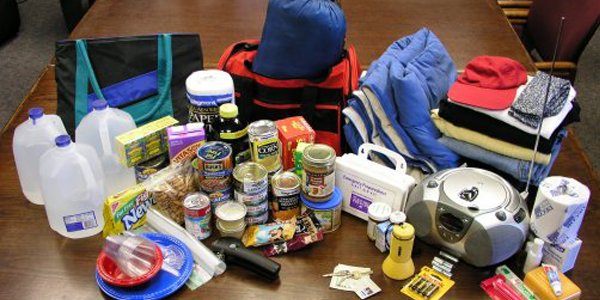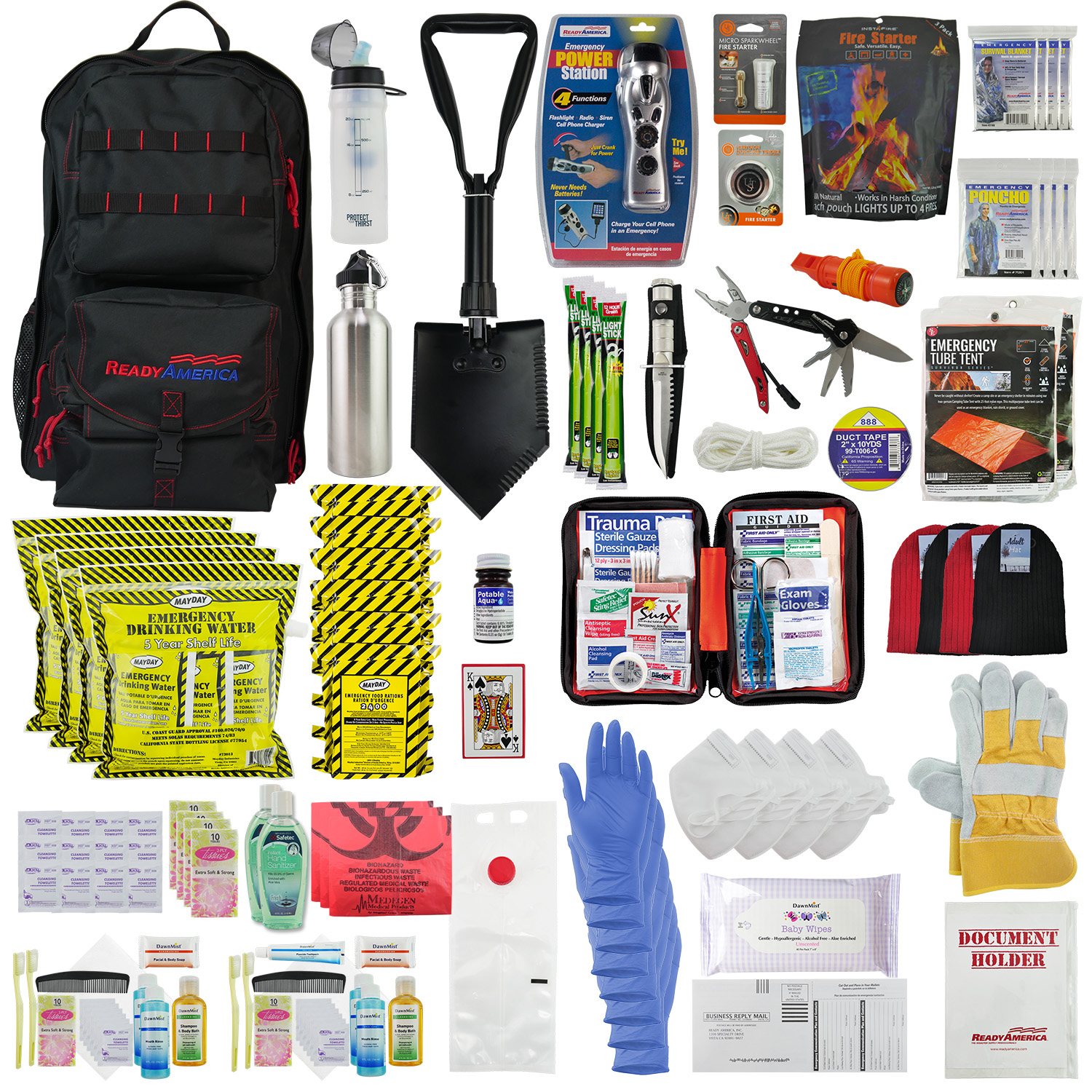Emergency Preparedness 101: Key Tips to Shield Your Household
Emergency Preparedness 101: Key Tips to Shield Your Household
Blog Article
How to Create a Comprehensive Emergency Situation Preparedness Plan
In the realm of preparedness, creating a comprehensive emergency situation strategy is not simply a task to examine off a list; it is a vital cornerstone of any kind of organization or individual's strength method. By carefully crafting a plan that addresses numerous facets of emergency monitoring, including threat analysis, communication methods, resource appropriation, and calculated decision-making, one can lay a solid structure for safeguarding lives, assets, and procedures.
Value of Emergency Situation Readiness
Emergency readiness is essential for mitigating possible risks and making certain the safety and security of communities and individuals. In today's world, where natural calamities, public wellness crises, and various other emergency situations can strike without warning, being prepared can make a substantial distinction in reducing the influence of these events. By having a well-thought-out emergency situation readiness strategy in location, companies and people can respond properly, shield lives, and minimize home damages.
One of the key reasons emergency situation preparedness is necessary is its duty in conserving lives. Having a plan that outlines clear treatments for emergency situation, communication, and emptying action can assist people act quickly and emphatically when emergency situations take place (site web). This can protect against injuries and deaths by ensuring that people recognize what steps to require to remain safe
Additionally, emergency situation preparedness enhances the strength of communities. By promoting a society of readiness and planning for different circumstances, communities can recuperate quicker from disasters and disturbances. This resilience is essential for preserving security, connection of procedures, and total well-being despite difficulty.
Assessing Prospective Threats
Thinking about the relevance of being prepared for unexpected occasions, the first action in creating an effective emergency preparedness strategy entails extensively evaluating and evaluating prospective dangers. This evaluation calls for a detailed review of all possible threats that can influence the organization, thinking about factors such as location, industry, and historical information on cases. By recognizing these threats, companies can prioritize their readiness initiatives and assign resources efficiently to minimize the most significant threats.
Common risks that organizations might encounter include natural disasters like typhoons, floodings, or earthquakes, technical dangers such as power interruptions or data violations, along with human-caused dangers like accidents or intentional acts of violence. Conducting a threat evaluation also entails taking into consideration the prospective influence of these events on the company's operations, staff members, clients, and credibility. By conducting an extensive danger assessment, companies can develop customized emergency response strategies that resolve their particular vulnerabilities and make sure effective readiness for any prospective crisis.
Developing a Communication Plan
Creating a thorough and clear communication plan is important for effective emergency situation readiness within organizations. In times of dilemma, communication plays an essential role in making sure the safety and wellness of staff members, stakeholders, and the community. A well-balanced communication strategy need to outline clear lines of interaction, designate essential workers liable for communication tasks, and establish procedures for sharing information swiftly and properly.
One trick aspect of producing an interaction strategy is recognizing main and alternate communication networks (EMERGENCY PREPAREDNESS). These can consist of e-mail, text messaging, phone trees, social media platforms, and public address systems. It is vital to make certain that these networks are reputable, accessible, and routinely evaluated to ensure their efficiency during emergency situations

Structure an Emergency Package
Provided the vital significance of readiness in times of dilemma, a crucial component that organizations must resolve is the facility of an emergency set. When assembling an emergency situation set, it is essential to think about the specific demands and scenarios of the organization. Furthermore, companies must consist of essential papers, such as contact checklists, insurance coverage details, and emergency reaction strategies, in water-proof containers within the kit.
Establishing Discharge Procedures
To make sure the safety and security and organized evacuation of workers during emergencies, companies must establish reliable and clear emptying procedures. Discharge procedures must incorporate a series of prospective situations, including fires, natural catastrophes, or other emergency situations that call for speedy discharge.

Additionally, organizations must develop a system for bookkeeping for all workers during an emptying to make certain that every person has safely left the premises. Interaction plays an important duty in evacuation procedures, with clear directions on exactly how to evacuate and when to do so. Normal testimonial and upgrading of emptying treatments based upon feedback and changing situations are vital to preserving the efficiency of the strategy.
Final Thought
In conclusion, developing an extensive emergency readiness strategy is critical for guaranteeing the security and wellness of people in the event of a catastrophe (EMERGENCY PREPAREDNESS). By examining potential threats, creating an interaction strategy, constructing an emergency package, and establishing discharge people, treatments and companies can be much great post to read better equipped to react efficiently to emergencies. It is important to prioritize preparedness initiatives to alleviate the impact of disasters and protect lives and residential property
In the world of readiness, developing an extensive emergency situation plan is not just a task to inspect off a checklist; it is a vital cornerstone of any organization or individual's strength technique. When emergencies happen, having a plan that outlines clear treatments for emergency situation, discharge, and interaction response can assist people act swiftly and emphatically. More hints. By performing a complete threat analysis, organizations can develop tailored emergency response plans that resolve their specific vulnerabilities and guarantee efficient readiness for any type of prospective crisis
Establishing a clear and thorough interaction strategy is essential for effective emergency situation readiness within organizations. By examining prospective threats, producing an interaction plan, developing an emergency set, and establishing evacuation individuals, procedures and companies can be better equipped to react successfully to emergencies.
Report this page